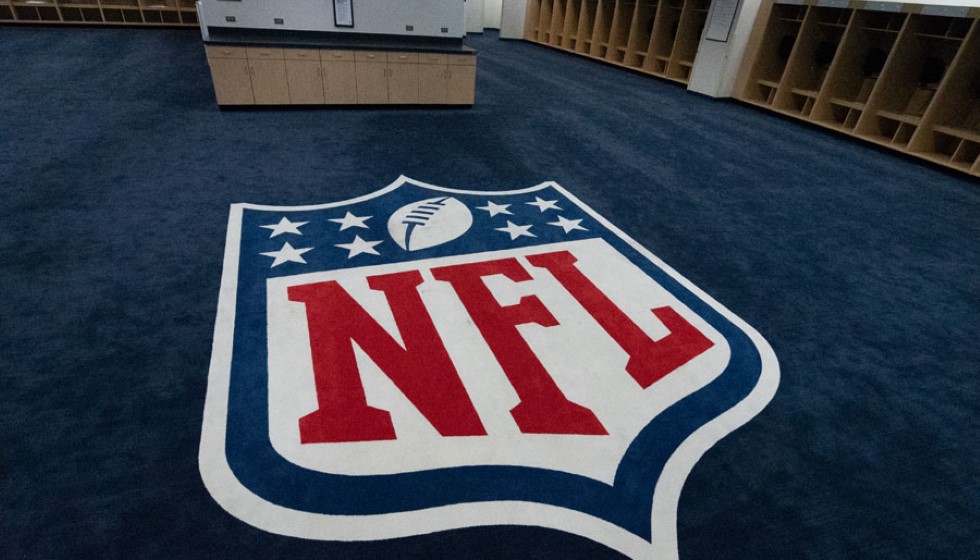
The NFL's new rule banning the hip-drop tackle has officially been put into play this season.
The Rule and Its Enforcement Struggles
Early into the season, the enforcement of the NFL's new rule against hip-drop tackles has come under significant scrutiny. The rule, which imposes a 15-yard penalty and an automatic first down against the defense, aims to curb a tackle technique that poses substantial risks to player safety. The NFL describes the hip-drop tackle as occurring when a player grabs the runner with both hands or wraps the runner with both arms, unweights himself by swiveling and dropping his hips, and lands on the runner's legs at or below the knee. This dangerous form of tackling has been linked to severe leg injuries, often sidelining players for extended periods.
Through the first 31 games of the current season, the NFL’s officiating body has struggled to consistently enforce this rule. Despite multiple instances of the banned tackle appearing during the initial weeks, actual penalties have been scarce. Notably, officials missed calls on at least two hip-drop tackles in Week 1. Bears linebacker T.J. Edwards, for instance, escaped penalty for such an action, although he may still face a fine from the league.
Injury Impact and Player Reactions
The inconsistency in enforcement has real consequences. Houston Texans running back Joe Mixon is currently nursing an ankle injury that may have resulted from a hip-drop tackle. Mixon exited Sunday's game with an ankle injury and was later listed as questionable to return. However, displaying his resilience, Mixon did make a comeback in the fourth quarter. Mixon’s injury underscores the rule’s significance in protecting player safety.
Reacting to the lack of enforcement, Mixon took to Twitter, "The NFL and NFLPA made it a rule and an emphasis for a reason. Time to put your money where your mouth is." This sentiment echoes the frustration felt by many players and fans who expect more rigorous application of the rule to preserve the integrity of the game and the well-being of its players.
Voices from the Field
Texans head coach DeMeco Ryans also commented on Mixon’s incident, stating, "Joe got rolled up. The guy's weight definitely came down on his ankle. Didn’t look good from my view." The ambiguity surrounding the specific play led Ryans to add, "We'll evaluate Joe throughout the week. Hopefully he's okay. Have to see the film and see if it was really a hip-drop tackle." These remarks reflect the challenges coaches and officials face in real-time game situations where the line between a clean tackle and a banned one can be exceedingly thin.
The Road Ahead for Enforcing the Rule
It remains to be seen how rigorously the hip-drop tackle rule will be upheld as the season progresses. While the initial weeks have shown some lapses in enforcement, the NFL’s commitment to player safety suggests a need for more consistent officiating. Inconsistencies in enforcement not only undermine the rule's intention but also jeopardize player safety, which should be paramount. Officials bear the responsibility for ensuring that all mandated safety measures are upheld throughout the game. Any deviations from this duty compromise both the integrity of the sport and the health of its athletes.
As Mixon awaits the results of his MRI, the NFL community is reminded of the critical importance of effective rule enforcement. The league's ability to uphold new safety regulations consistently will serve as a measuring stick for its commitment to protecting players while maintaining the competitive spirit of the sport. The early-stage hiccups in the enforcement of the hip-drop tackle rule cast a spotlight on the urgent need for improvements as the season continues to unfold.